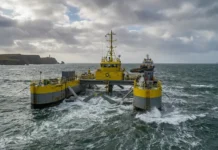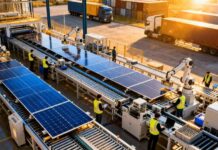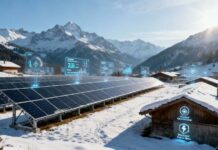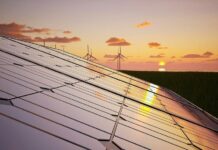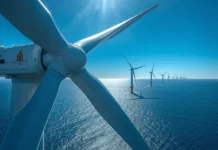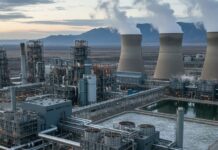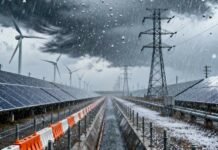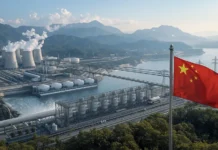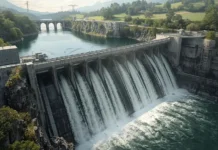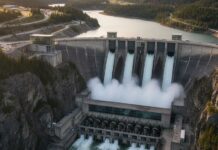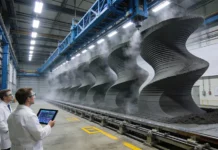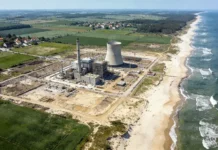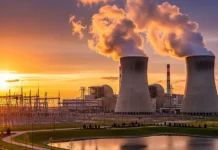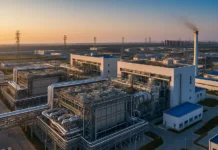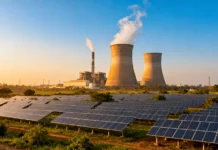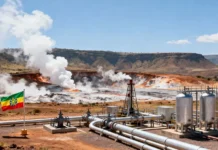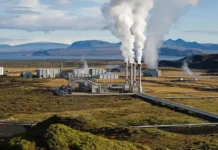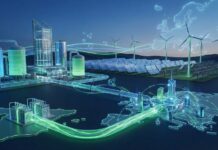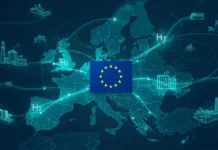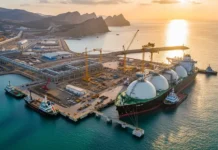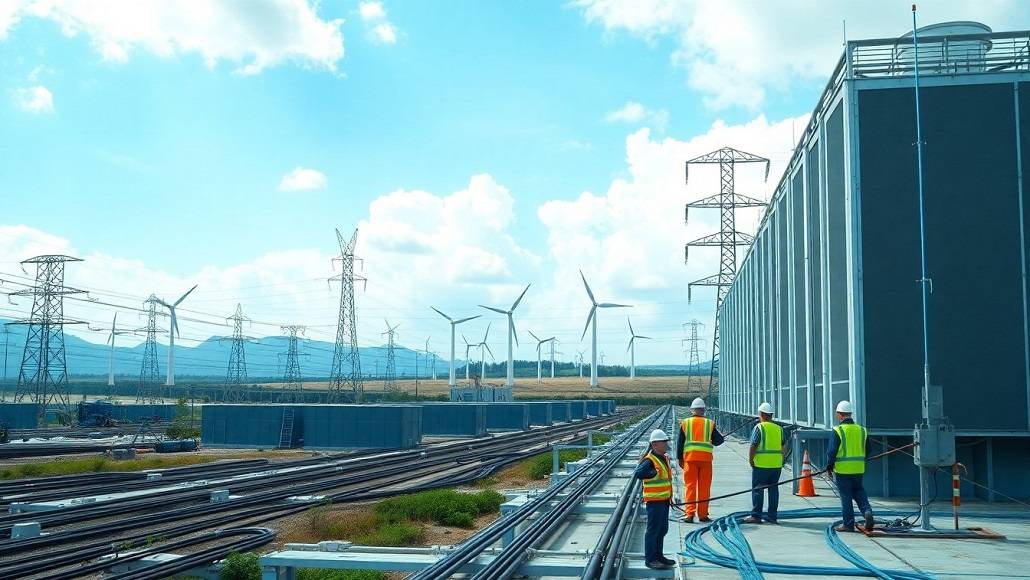The unmatched rise in data center development in US is indeed transforming the energy spectrum. Driven by artificial intelligence, cloud computing, the expansive nature of the Internet of Things, and remote work, data centers are consuming more power than ever before. For utilities, this kind of transition happens to present both a challenge as well as an opportunity – how to meet the rising demand in a dependable and sustainable way while at the same time modernizing the grid in order to support the emerging technologies is something that one needs to look out for.
The rise in data center development in US
It is well to be noted that data centers are no longer limited to technology hubs; they are being developed throughout urban as well as rural areas. The rapid expansion is being driven due to the rising cloud applications, widespread existence of 5G infrastructure, growing needs when it comes to virtual collaboration, and high-intensity AI computing loads. Notably, there are recent projects that go on to indicate that the US will need over 1000 new large-scale data centers in the next 10 years. Virginia, one of the states in the US, happens to remain a global leader when it comes to having more than 500 facilities, while states like Ohio, Texas, Georgia, and Arizona are getting a lot of speed because of competitive land costs, regulations that are favorable, and also rising access when it comes to renewable energy.
The role of utilities in the rising power demand
At present, data centers comprise almost 4% of the country’s total electricity usage, and this number is expected to surge to as much as 12% by 2028, as per the US Department of Energy. For utilities, this kind of number represents a very sharp uptick when it comes to load growth, which, by the way, has not been seen since the early 2000s.
Making sure of a stable, scalable supply of electricity is indeed mandatory in order to meet this kind of demand without compromising in any way on dependability. There is no shred of doubt that utilities happen to be at the center of this transformation. While fossil fuel generation has traditionally gone on to meet large energy requirements, the transition towards renewable energy is indeed speeding up because of both corporate sustainability requirements as well as cost competitiveness. There are many data center operators that are committing themselves to carbon neutrality and also securing long-term PPAs with solar as well as wind farms in order to make sure of predictable, clean energy.
The readiness of the grid and renewable integration
It is well to be noted that utility-scale wind as well as solar are now among the most cost-effective generation forms. But the intermittency of such resources happens to place new demands when it comes to the grid. Battery storage along with grid modernization efforts are indeed becoming vital in order to balance the loads, manage demand in the peak times, and also enhance resiliency.
The fact is that utilities must invest in advanced transmission infrastructure, grid management systems that are driven in real time, and also storage technologies in order to support rising renewable integration. The evolution towards a more flexible, smarter grid will make sure that utilities can continue to roll out dependable service while at the same time enabling a future that is low on carbon.
Enabling the infrastructure by way of wire and cable
As utilities go on to prepare to meet the growing demands when it comes to data centers as well as renewable energy integration, wire and cable infrastructure happens to become a mission-critical element in making sure of system dependability, safety, as well as scalability.
It is well to be noted that at the core of every data center as well as power delivery system happens to be an extensive network of power along with communication cables, each playing a very specific role when it comes to keeping the grid functional as well as efficient. As a matter of fact, utilities depend on a variety of cable types, which include medium- and high-voltage transmission cables used for delivering bulk power from generation sources towards substations as well as load centers, low-voltage distribution cables in order to safely as well as efficiently feed data centers, and also fiber optic cables in terms of real-time tracking, smart grid control, and data transmission.
Due to the expansion when it comes to underground projects as well as renewable energy installation, demand in terms of durable, high-capacity cables is indeed speeding up. These cables must offer elevated insulation, thermal stability in order to handle dense and high-load installations, and also fire resistance.
Wires and cable systems are not just passive components, but they are the connective tissue when it comes to the digital energy era, and early partnerships with manufacturers are indeed key to making sure of grid resilience and compliance as the demands happen to evolve.
Going forward
As the energy demand transitions alongside the digital transformation, utilities happen to play a major role when it comes to shaping the data and energy infrastructure’s future. By way of embracing renewable energy, investing in grid resilience, and also making the transmission network stronger, utilities can indeed lead the way in helping with sustainable growth within the digital economy.
The fact is that the collaboration between utilities, energy infrastructure providers, and data center operators is going to define how efficiently and sustainably the new demand happens to be met.



